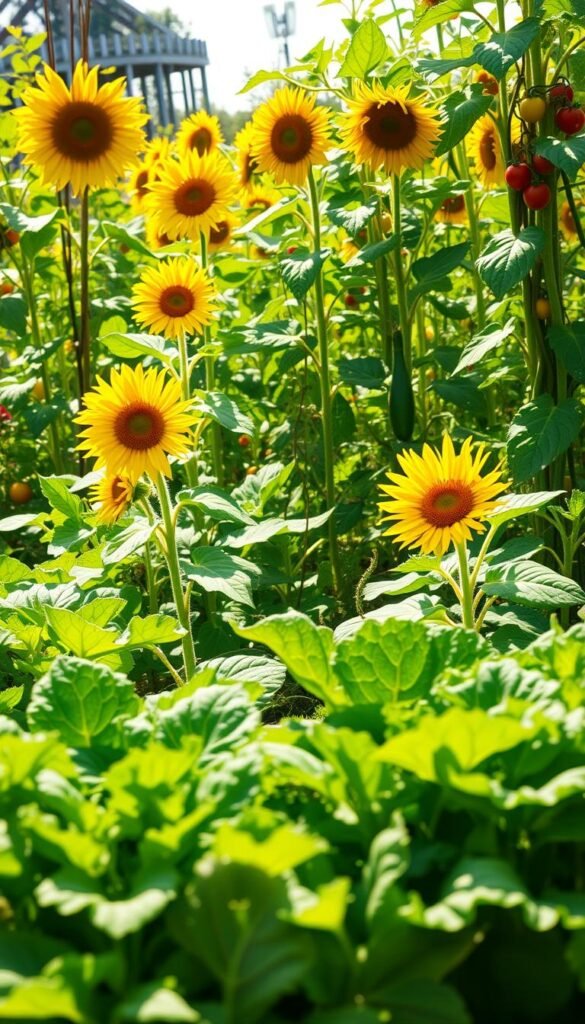Ever planted something with a child, only to watch their excitement wilt faster than a thirsty seedling? You’re not alone. Kids thrive on visible progress, and slow-growing varieties often leave them wondering if anything’s happening underground. That’s where speedy growers shine.
Imagine your young gardener’s face when their radish seeds sprout in days or leafy greens are ready for salads in weeks. These rapid results turn “Is it growing yet?” into “Look what I harvested!”. Quick-growing options like arugula and spinach let them taste success fast – perfect for short attention spans and busy schedules.
But it’s not just about instant gratification. Fast-maturing plants teach patience through small, frequent milestones. As they track daily growth, kids learn care routines and natural cycles without losing interest. Studies show this balance of quick wins and gradual responsibility builds lasting confidence in green thumbs.
Want more ideas? Our friends at Kids Growing City share how green beans become jungle vines and lettuce transforms into edible confetti within weeks. These experiences create memories – and maybe even a lifelong love for digging in the dirt.
Understanding Fast Growth in Gardening
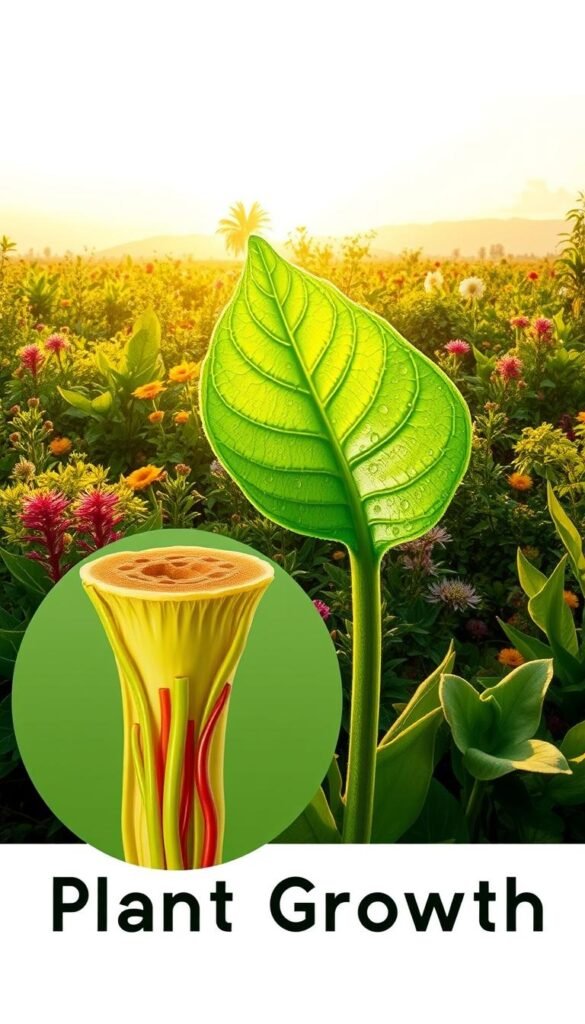
Ever wonder why some plants race toward the sky while others take their sweet time? It all comes down to biology and timing. Let’s dig into the science behind speedy sprouts.
Nature’s Speed Demons
Fast-growing plants have built-in advantages. Their shallow root systems quickly absorb nutrients, while thin leaves photosynthesize faster. Crops like radishes and lettuce prioritize leaf or root development over flowering, saving precious days.
These varieties also pack efficient metabolic processes. They convert sunlight and water into edible parts rapidly – sometimes in as few as 7 days for microgreens. Seed size matters too. Small seeds like arugula germinate quicker than larger ones.
Weather’s Role in Race Against Time
Temperature and sunlight act as growth accelerators. Cool-season crops thrive in spring’s 55-75°F range, while summer lovers need warmer soil. Check this comparison:
| Season | Plants | Germination Days | Harvest Weeks |
|---|---|---|---|
| Spring/Fall | Spinach, Peas | 5-7 | 3-4 |
| Summer | Bush Beans, Zucchini | 3-5 | 4-6 |
| Any Season | Microgreens | 2-3 | 1-2 |
Rain patterns affect growth spurts too. Consistent moisture helps seeds split their coats faster. Pair that with 6+ hours of sunlight, and you’ll see progress daily. Remember: “Plants don’t watch calendars – they respond to conditions”.
By matching seeds to your local weather patterns, you set the stage for visible results. Cool-weather crops might bolt in summer heat, while warm-season varieties stall in chilly spring soils. Get this right, and those first green shoots will appear right on schedule.
Choosing the Right Plants for Quick Results
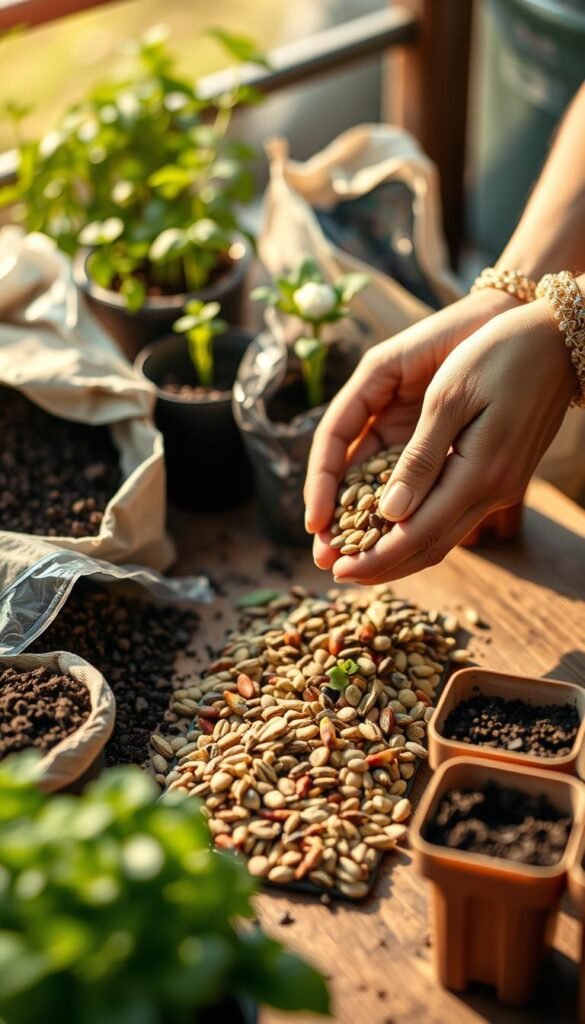
What if your garden could sprint instead of crawl? Success starts with two essentials: quality seeds and well-prepared soil. These foundations determine whether your green projects thrive or stall before reaching the finish line.
Selecting Quality Seeds and Soil
Look for seeds labeled “high germination rate” – they’ll sprout faster and more reliably. Avoid bargain-bin packets that might be old or poorly stored. Fresh seeds mean fewer empty patches in your garden bed.
Your soil is like a breakfast buffet for plants. Mix in compost for nutrients and perlite for drainage. Test pH levels with a $10 kit – most veggies prefer 6.0-7.0. “Think of soil as a living thing,” says urban gardener Mia Tanaka. Feed it well, and it’ll return the favor.”
Matching Plant Varieties to Your Garden
Not every fast-grower works in every space. Check your ground conditions:
- Sunny spots: Try bush beans or cherry tomatoes
- Shady corners: Leafy greens like kale thrive
- Wet soil: Mint grows quickly but needs containers
Read seed packets like treasure maps. Phrases like “early maturing” or “baby leaf” signal speedy varieties. Regional recommendations matter too – a Texas-approved spinach will bolt slower than generic types.
Track sunlight patterns for 3 days. That “full sun” area might only get 4 hours. Match plants to these microclimates, and you’ll see growth spurts that keep young gardeners hooked.
Top 5 Fast-Growing Plants for Impatient Young Gardeners

Want to see real progress in your garden before summer even starts? These leafy greens and root crops deliver edible rewards faster than a streaming buffer loads. Their rapid growth cycles turn small efforts into big rewards, keeping enthusiasm high from seed to snack.
Impatient Gardener Favorites: Leafy Greens and Root Vegetables
Radishes outpace every vegetable, pushing up ruby-red globes in 21 days. Their peppery crunch makes them ideal for impatient taste-testers. Pair them with looseleaf lettuce varieties that produce salad-ready leaves in 25 days – no need to wait for full heads.
Spinach steals the spotlight with nutrient-dense leaves ready in 30 days. Mix it with arugula’s spicy kick for gourmet salads weeks before school lets out. Underground, baby carrots work magic, transforming slender roots into sweet crunchsticks in 40 days flat.
Quick Tips for Harvesting in Weeks
Try these tricks to speed up your garden clock:
- Plant seeds every 10 days for continuous harvests
- Use scissors to snip outer lettuce leaves, letting centers keep growing
- Thin radish sprouts early to prevent overcrowded roots
Cool nights boost flavor in greens – they’ll taste sweeter after light frosts. For carrots, sieve soil to remove rocks so roots grow straight. Remember: “Fast food” gardens thrive on daily check-ins and celebratory taste tests.
Container Gardening and Speedy Plant Growth
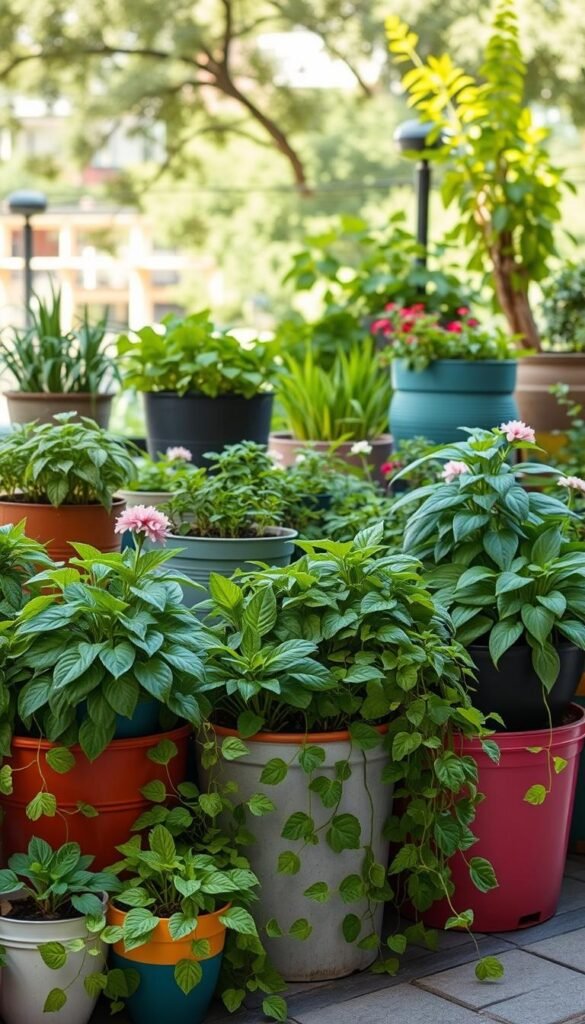
What if your concrete patio could become a salad factory in weeks? Container gardening turns limited spaces into vibrant ecosystems where fast-growing plants thrive under your watchful eye. Unlike traditional beds, pots let you customize soil quality and sunlight exposure – perfect for impatient cultivators craving visible progress.
Best Container Plants for Patience-Free Gardening
Mint steals the show in portable gardens, filling pots with fragrant leaves ready for lemonade or mojitos in 30 days. Just remember: this vigorous grower needs confinement to prevent yard invasions. For color that keeps giving, begonias pump out flowers like confetti with minimal effort – ideal for first-time growers.
Pair these with compact greens like baby spinach or kale. Their shallow roots adapt well to containers, offering harvestable leaves every 10-14 days. Hydrangeas work too, blooming reliably in large pots year after year when given acidic soil.
Optimize Potting and Care for Rapid Results
Success starts with the right foundation. Choose containers 2-3 times wider than a plant’s mature size – cramped roots stunt growth. Drill extra drainage holes if needed, and layer gravel at the bottom to prevent waterlogging.
Mix potting soil with perlite for better airflow, and feed plants weekly with diluted fertilizer. “Containers are like tiny ecosystems,” notes urban gardener Lila Chen. “They need more frequent water and nutrients than ground plants.”
For detailed setup tips, explore our container gardening basics guide. Rotate pots weekly so all sides get equal sun exposure, and watch your portable garden outpace traditional beds!
Expert Tips for Speedy Harvests and Gardening Success
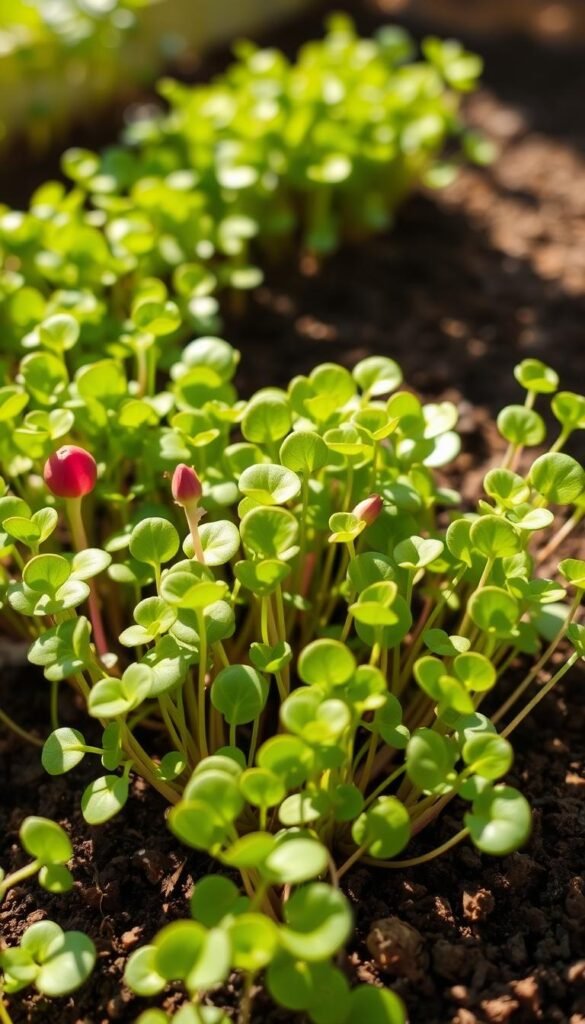
Ever seen a kid’s eyes light up when their first seedling pokes through the dirt? Nurturing that spark requires smart strategies. Let’s explore how to turn tiny seeds into plate-ready produce faster than a TikTok trend.
Watering, Sunlight, and Nutrient Guidance
Plants drink like athletes – frequent small sips beat occasional floods. Try the finger test: if the top inch of soil feels dry, it’s time to water. Morning irrigation prevents fungal issues while giving roots all day to absorb moisture.
Leafy greens demand 6+ hours of sunlight, but root veggies thrive in partial shade. Rotate containers daily for even exposure. For explosive growth, mix liquid seaweed fertilizer into your watering can every two weeks.
Radish microgreens steal the speed crown. Sprinkle seeds on damp soil, mist daily, and watch spicy shoots erupt in 7 days. Snip them over salads or blend into smoothies for instant gardening cred.
Engaging Your Young Gardener with Quick Wins
Turn daily check-ins into treasure hunts. “Who spots the first true leaves?” becomes more exciting than screen time. Use colorful markers to track growth on a wall chart – visible progress fuels enthusiasm.
Harvest parties make memories. Let kids twist off pea pods when they plump up or gather lettuce leaves for taco night. Radish shoots work great for “instant gratification” snacks right from the windowsill.
Pair these wins with smart plant choices. Our guide to beginner-friendly varieties helps select crops that keep pace with youthful energy. Remember: crunchy harvests taste sweeter when little hands helped grow them!
Wrapping Up Your Fast-Growing Garden Journey
The magic of gardening unfolds when tiny seeds become cherished traditions. Those first crunchy radish bites and vibrant lettuce salads create more than meals – they spark joy that grows alongside your greens. As confidence blooms, consider expanding to bush beans (50 days) or snap peas (60 days). Their plump pods offer new textures while teaching patience with slightly longer timelines.
Don’t overlook kitchen heroes like basil and dill. These aromatic plants transform simple dishes in 3-4 weeks, connecting soil to supper plate. Toss cilantro into tacos or blend mint into smoothies – instant flavor upgrades kids can harvest themselves.
Keep the momentum going year-round by rotating cool-weather varieties like spinach in spring with heat-loving cherry tomatoes in summer. Succession planting ensures something’s always sprouting. Those early wins with quick-growers? They’re training wheels for future projects like nurturing flowers or tackling pumpkin patches.
Every seed planted today roots deeper lessons – about nature’s rhythms, delayed gratification, and the sweet taste of earned results. That’s the real harvest no one can measure in days.

